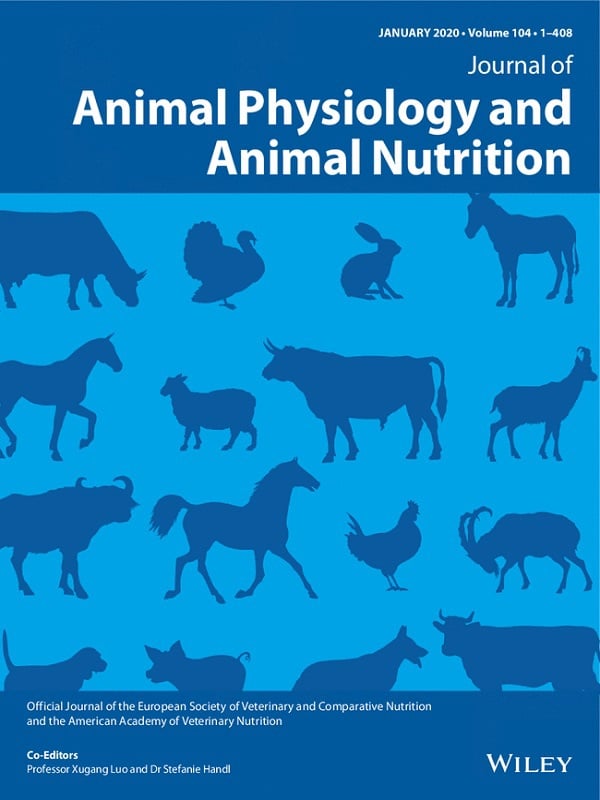
Blood calcium dynamics in cows receiving an aqueous calcium suspension for voluntary consumption or a calcium bolus following parturition
Juliette N. Wilms1, Jean-Baptiste Daniel1, Javier Martín-Tereso1, Arie Klop2, Roselinde Goselink2, Yanming Han1 and Sandra van Kuijk1
1Trouw Nutrition R&D, PO Box 299, 3800 AG, Amersfoort, the Netherlands
2Wageningen Livestock Research, PO Box 338, 6700 AH, Wageningen, the Netherlands
- Ruminants
- Dairy
- 2022
- Open Access
J. B. Daniel, J. Martín-Tereso, Arie Klop, Roselinde Goselink, Yanming Han, S. J. A. van Kuijk

Abstract
The form of oral calcium (Ca) supplement and the Ca source influence Ca absorption dynamics resulting in different postpartum calcemia. The objective of this study was to investigate whether an oral Ca supplement (mainly CaCO3) offered for voluntary consumption would maintain or increase postpartum blood Ca to the same degree as a Ca bolus (mainly CaCl2) providing an equivalent dose of a Ca. A total of 72 Holstein cows were blocked by expected parturition date and parity. Within each block of 3 animals, cows were randomly assigned to one of three treatments, including an oral Ca supplement offered for voluntary consumption (Ca-drink, n = 23), an oral Ca bolus (Ca-bolus, n = 24), or an untreated group (CON, n = 25). Treatments were administered once within 15 min postpartum. The Ca-drink provided 45 g of Ca (CaCO3 source) and was mixed in 20 L of lukewarm water and offered to cows for 30 min. The Ca-bolus provided 43 g of Ca (71% from CaCl2 and 29% from CaSO4) and was administered once. Both Ca-bolus and CON cows received 20-l of lukewarm water at parturition to standardize the volume of fluids (Ca-drink or 20-l lukewarm water) offered at parturition. Dairy cows offered Ca-drink had a 28% higher fluid consumption than Ca-bolus and CON cows. Milk yield and milk composition expressed in percentage protein, fat, lactose, and urea did not differ, whilst there was a small but significant increase in DMI in cows receiving the Ca-drink compared to CON, while Ca-bolus did not differ from other groups. This was consistent with reduced BW losses between week 1 and 3 in cows receiving the Ca-drink suspension. Treatment by time interactions were present for blood Ca, glucose, and urea concentrations. Blood Ca was relatively stable in Ca-drink cows, while higher fluctuations were observed in Ca-bolus cows. In Ca-bolus cows, blood Ca increased from 15 min to 6 h, decreased from 6 to 24 h, and finally increased again from 24 to 48 h. At 24 h post administration, blood Ca was greater in cows receiving the Ca-drink than cows receiving the Ca-bolus. Blood glucose was greater in Ca-bolus cows at 15 min after treatment administration compared with Ca-bolus and CON, while blood urea was higher in CON than Ca-drink and Ca-bolus throughout the sampling period. These results indicate that voluntary oral Ca resulted in a relatively stable calcemia, whereas higher fluctuations were observed in cows receiving the Ca-bolus. Due to a lack of differences between Ca-drink and Ca-bolus compared with CON, it is not possible to conclude regarding the efficacy in maintaining postpartum blood Ca.
